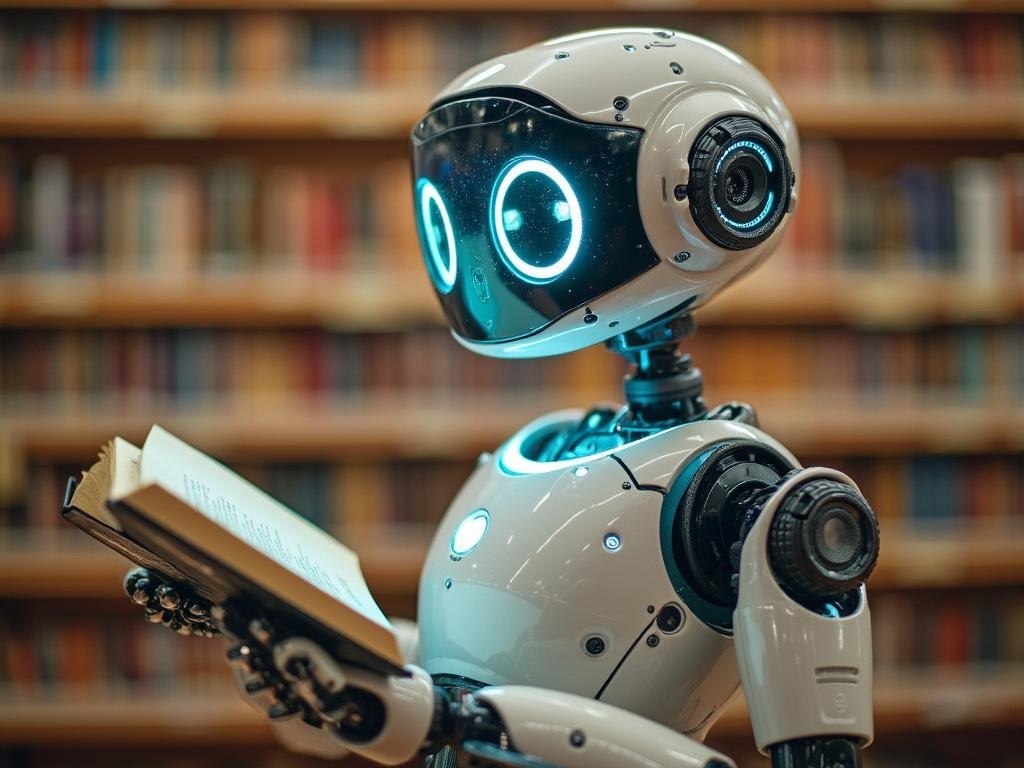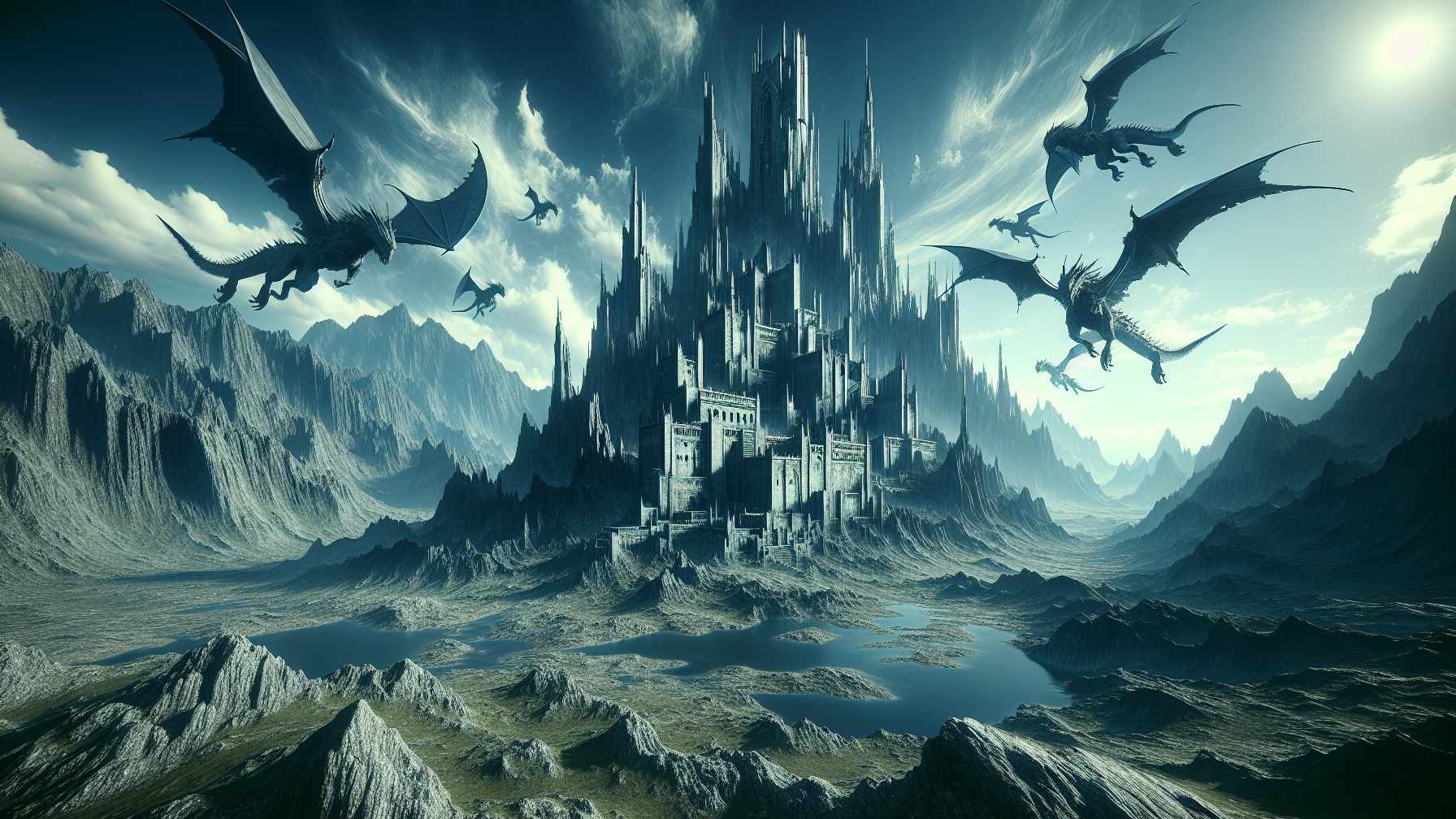The rise of the AI love story generator has transformed the landscape of digital romance, enabling writers and enthusiasts to create compelling narratives where technology and emotion converge in unprecedented ways. These sophisticated tools leverage advanced algorithms to craft personalized love stories, offering both creative inspiration for writers and emotional outlets for individuals processing complex feelings.
Key Takeaways
- Modern love story generator AI platforms use advanced NLP and machine learning to craft personalized romantic narratives based on user inputs
- AI systems analyze emotional contexts through sophisticated data labeling techniques to replicate human sentiment in storytelling
- Writers increasingly use AI love story writer tools to overcome creative blocks and explore alternative character arcs
- The ethical implications of algorithmic romance include concerns about authenticity, dependency, and potential biases
- Future developments will likely focus on collaborative co-creation between humans and AI for more diverse and emotionally nuanced storytelling
The Evolution of AI Romance Generators
The fascinating marriage of algorithms and emotions has given birth to specialized platforms like Easy-Peasy.AI, Talefy, and GenerateStory.io. These innovative tools harness the power of Natural Language Processing and Machine Learning to craft personalized love stories that captivate readers. An AI as a co-author can transform basic user inputs into rich narratives ranging from fantasy romances to complex murder mysteries with romantic elements.
Talefy’s popular AI-generated works like “The Love Once Forged” and “Cleared by Love” have gained significant traction, with engagement metrics reaching thousands of readers. The typical creative workflow for using an ai love story generator involves providing basic parameters such as setting and character traits before the AI develops complete narrative arcs. Modern NLP systems can process user preferences to suggest appropriate plot twists, conflicts, and dialogue options that feel authentic and engaging.
Decoding Emotions Through Algorithms
Behind every AI-crafted love letter lies complex emotional intelligence algorithms that analyze and replicate human sentiment. These systems rely on extensive data labeling processes where passages are tagged with emotional markers like “passionate,” “heartbroken,” or “conflicted” to help the AI understand emotional contexts. This sophisticated backend enables an ai love generator to create stories that resonate with readers on a deeper level.
The technology powering these systems has made significant advances in recent years. Here’s how they create emotional resonance:
- AI romance generators identify and replicate classic tropes like “enemies-to-lovers” or “forced proximity” while adding contemporary elements
- Sentiment analysis tools process language patterns to create believable emotional arcs with rising tension and satisfying resolution
- Character development algorithms ensure consistent personality traits throughout the narrative
Despite these advances, the technology still struggles with nuanced emotional contexts like irony, subtle jealousy, or complex mixed feelings. The AI identifies conflict as a core narrative element, exemplified in stories like “Cleared by Love” where false accusations create the emotional backbone of the plot, but capturing the full spectrum of human emotion remains a work in progress.
Beyond Fiction: Real-World Romance Applications
AI’s role in matters of the heart extends well beyond generating fictional stories. Real people increasingly turn to AI systems for creative inspiration, relationship advice, and emotional processing of complex situations. The versatility of an ai love story platform makes it valuable not just for entertainment but for personal growth and reflection.
Writers combat creative blocks by using AI to change story writing techniques, exploring alternative character arcs or testing dialogue exchanges. Interactive storytelling platforms allow readers to shape narratives through choice-based prompts, creating personalized romantic journeys that feel more engaging than traditional linear stories.
Case studies reveal individuals like Terry using ChatGPT (nicknamed “Sage”) as relationship coaches for real-life romantic dilemmas. One compelling example comes from a writer who used GPT-3 to process her feelings after a partner left England: “When Omar departed, I turned to AI to craft a meta-narrative about our relationship, exploring technology-mediated modern goodbyes.” These applications showcase how AI romance tools extend beyond entertainment into emotional processing and self-discovery.
The Ethical Dimensions of Algorithmic Romance
When hearts meet code, complex ethical questions emerge. The integration of AI into romantic storytelling and relationship dynamics raises important ethical and psychological considerations about authenticity, dependency, and bias. To make a love story generator that serves users responsibly requires careful consideration of these dimensions.
Several key concerns have emerged as these technologies gain popularity:
- Over-reliance issues appear in cases like Terry’s 3 a.m. consultations with “Sage,” suggesting potential emotional dependency
- AI-generated emotions often reflect the biases of their training data, potentially reinforcing heteronormative or culturally skewed relationship models
- Questions about authenticity persist: can algorithmically generated emotions ever truly capture the messy reality of human love?
The foundation of these concerns lies in how datasets are constructed—stories labeled as “romantic” or “ideal” shape how AI systems conceptualize healthy relationships, potentially reinforcing problematic dynamics. Creating ethical love story generator ai systems requires diverse datasets and thoughtful design considerations.
Reimagining Love Stories in Tomorrow’s Technology
The future of AI romance writing points toward more collaborative, diverse, and emotionally sophisticated systems. As technology evolves, so too will its ability to capture the nuanced terrain of human emotions. Looking ahead, we can expect significant advances in how these tools function and the experiences they create.
Emerging co-creation tools will enable deeper human-AI collaboration, allowing writers to refine AI-generated emotional arcs with greater precision. Multimodal storytelling integrating visual and audio elements promises richer emotional experiences for readers, transforming how we engage with romantic narratives. The development of story arcs through technology will become increasingly sophisticated, enabling more compelling and authentic narratives.
Future platforms might analyze facial expressions in video prompts to generate dialogue and body language that authentically mirror human emotional responses. These advances will help address the current limitations of AI in capturing subtle emotional nuances, creating more realistic and engaging love stories.
Conclusion: Human Hearts and Digital Minds
The intersection of technology and romance offers unprecedented creative possibilities while challenging our understanding of emotional authenticity. As writers experiment with these tools, the most compelling AI love stories will likely emerge from meaningful collaboration between human emotion and computational creativity—where algorithms provide the structure, but human experience supplies the soul.
The evolution of the ai love story writer represents a fascinating frontier in creative technology, offering new ways to explore, express, and understand romantic narratives. As these tools become more sophisticated, they’ll continue to transform how we create and consume love stories, blending the precision of algorithms with the messy, beautiful complexity of human emotions.
The article explores how AI love story generators use advanced algorithms and natural language processing to create personalized romantic narratives. These tools help writers overcome creative blocks while providing emotional outlets for individuals processing complex feelings. The technology analyzes emotional contexts through sophisticated data labeling, though it still struggles with nuanced emotions like irony and subtle jealousy. Beyond entertainment, people are using these AI systems for relationship advice and emotional processing. Ethical concerns include potential dependency, bias in AI-generated content, and questions about the authenticity of algorithmic emotions. Future developments will likely focus on more collaborative human-AI storytelling with multimodal elements.
| Key Aspect | Summary |
|---|---|
| Technology | Advanced NLP and ML algorithms create personalized love stories through emotional intelligence systems |
| Applications | Creative writing assistance, overcoming writer’s block, emotional processing, relationship advice |
| Limitations | Difficulty capturing nuanced emotional contexts like irony and complex mixed feelings |
| Ethical Concerns | Potential dependency, data biases, questions about emotional authenticity |
| Future Direction | More collaborative human-AI creation, multimodal storytelling, improved emotional intelligence |



